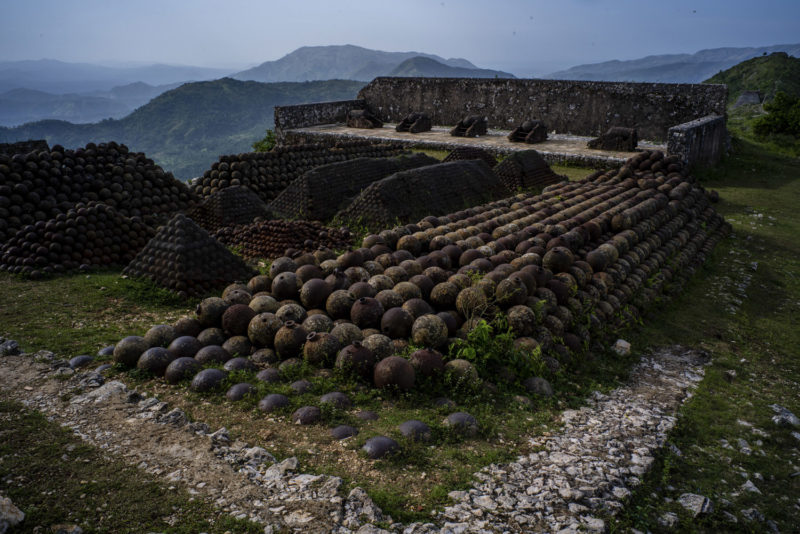6 Takeaways About Haiti’s Reparations to France
Share
Explore Our Galleries
Breaking News!
Today's news and culture by Black and other reporters in the Black and mainstream media.
Ways to Support ABHM?
By Eric Nagourney, New York Times

When the world looks at Haiti, one of the poorest nations on the planet, sympathy for its endless suffering is often overshadowed by scolding and sermonizing about corruption and mismanagement.
Some know how Haitians overthrew their notoriously brutal French slave masters and declared independence in 1804 — the modern world’s first nation born of a slave revolt.
But few know the story of what happened two decades later, when French warships returned to a people who had paid for their freedom with blood, issuing an ultimatum: Pay again, in staggering amounts of cold hard cash, or prepare for war.
For generations, the descendants of enslaved people paid the descendants of their former slave masters, with money that could have been used to build schools, roads, clinics or a vibrant economy…
For more than a year, a team of Times correspondents scoured long-forgotten documents languishing in archives and libraries on three continents to answer that question, to put a number on what it cost Haitians to be free…
The Double Debt That Started It All
When a French warship bristling with cannons sailed into the port of the Haitian capital in 1825, an emissary from King Charles X came ashore and delivered an astonishing demand: France wanted reparations from the people it had enslaved.
Keep reading to learn how Haiti responded to France’s demand for reparations in a series called The Ransom.
Reparations have been suggested as a way to reconcile racism. Providence, Tulsa, and California are among the areas that have considered reparations.
Follow the progress in our breaking news section.









Comments Are Welcome
Note: We moderate submissions in order to create a space for meaningful dialogue, a space where museum visitors – adults and youth –– can exchange informed, thoughtful, and relevant comments that add value to our exhibits.
Racial slurs, personal attacks, obscenity, profanity, and SHOUTING do not meet the above standard. Such comments are posted in the exhibit Hateful Speech. Commercial promotions, impersonations, and incoherent comments likewise fail to meet our goals, so will not be posted. Submissions longer than 120 words will be shortened.
See our full Comments Policy here.